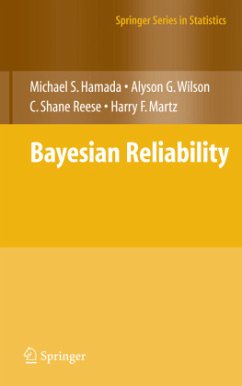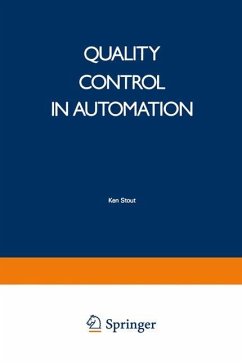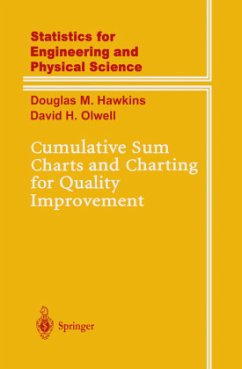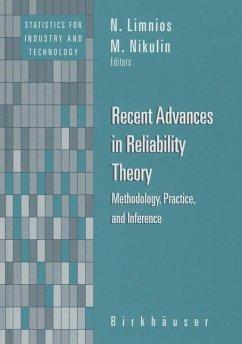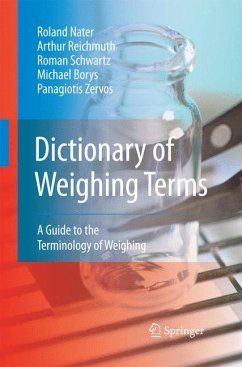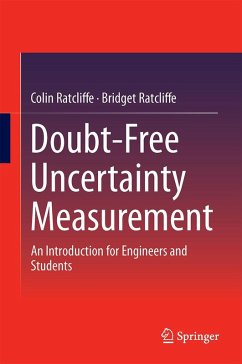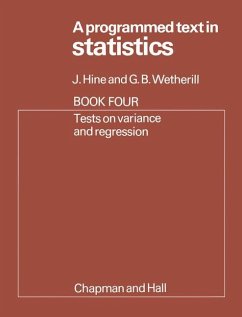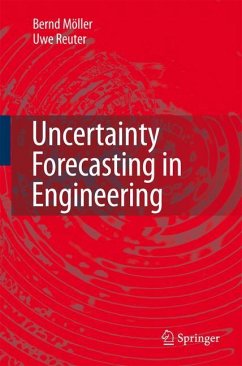
Reliability Theory
With Applications to Preventive Maintenance
Versandkostenfrei!
Versandfertig in 6-10 Tagen
38,99 €
inkl. MwSt.

PAYBACK Punkte
19 °P sammeln!
The material in this book was first presented as a one-semester course in Relia bility Theory and Preventive Maintenance for M.Sc. students of the Industrial Engineering Department of Ben Gurion University in the 1997/98 and 1998/99 academic years. Engineering students are mainly interested in the applied part of this theory. The value of preventive maintenance theory lies in the possibility of its imple mentation, which crucially depends on how we handle statistical reliability data. The very nature of the object of reliability theory - system lifetime - makes it extremely difficult to collec...
The material in this book was first presented as a one-semester course in Relia bility Theory and Preventive Maintenance for M.Sc. students of the Industrial Engineering Department of Ben Gurion University in the 1997/98 and 1998/99 academic years. Engineering students are mainly interested in the applied part of this theory. The value of preventive maintenance theory lies in the possibility of its imple mentation, which crucially depends on how we handle statistical reliability data. The very nature of the object of reliability theory - system lifetime - makes it extremely difficult to collect large amounts of data. The data available are usu ally incomplete, e.g. heavily censored. Thus, the desire to make the course material more applicable led me to include in the course topics such as mod eling system lifetime distributions (Chaps. 1,2) and the maximum likelihood techniques for lifetime data processing (Chap. 3). A course in the theory of statistics is aprerequisite for theselectures. Stan dard courses usually pay very little attention to the techniques needed for our purpose. A short summary of them is given in Chap. 3, including widely used probability plotting. Chapter 4 describes the most useful and popular models of preventive main tenance and replacement. Some practical aspects of applying these models are addressed, such as treating uncertainty in the data, the role of data contamina tion and the opportunistic scheduling of maintenance activities.






